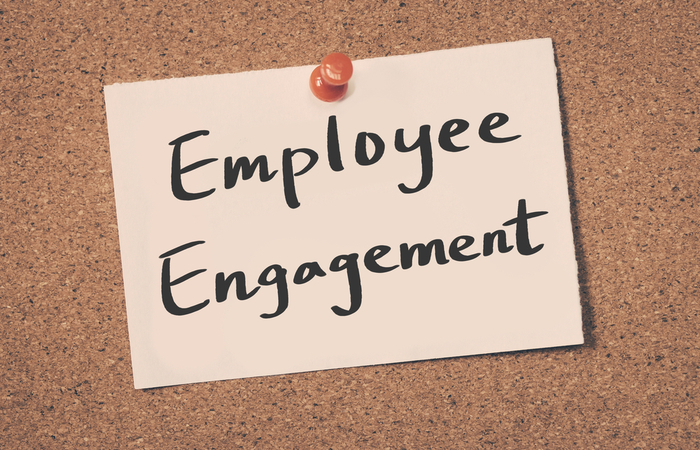 Employee engagement has risen to become the top priority for global businesses, taking the place from ‘operational efficiency’, which is now second most important, according to research by workplace and facility management business ISS.
Employee engagement has risen to become the top priority for global businesses, taking the place from ‘operational efficiency’, which is now second most important, according to research by workplace and facility management business ISS.
The research canvassed the views of 100 of ISS’ global customers in a range of professional, technology and industrial sectors.
The data revealed that pre-Covid-19 (Coronavirus), operational efficiency and cost savings were two of the most prioritised outcomes by employers for office planning and decision-making. For 2022, employee engagement topped the list, and the top five also included environmental sustainability, talent attraction and productivity.
More than three-fifths (62%) of global businesses were found to be investing in their offices, while 69% said they at least have no plans to reduce office space. Those who did plan to reduce space, however, were found to be the most likely to invest in better innovation and collaboration among employees.
According to the research, the majority of global businesses have chosen to invest in their workplace offerings to reach engagement goals by upgrading their facilities, office environment and employee experiences to attract staff to the office and to enhance the sense of belonging.
Jacob Aarup-Andersen, group chief executive officer at ISS World Services A/S, said: “The pandemic accelerated hybrid working models and employee expectations of flexibility. The new mandate of employers is to meet those expectations in ways that cater to the productivity needs of both employees and the company. It is not a question of if people are in the office; it is a question of how they can best thrive, innovate and collaborate at work.
“Right now we are seeing a lot of companies redefining their offices to accommodate hybrid working patterns and personal preferences, focusing both on the physical place that people work in and the experience that people get when they come to the office.”
He added: “Despite the varying approaches to the real estate footprint, the target of employee engagement is the same. There is no one-size-fits-all model when it comes to planning the workplace of tomorrow because the workplace must match each individual business and its employees. One thing is for sure, though: predictions of the death of the office have been greatly exaggerated. Instead, what we are witnessing now is workplaces being repurposed on a global scale.”